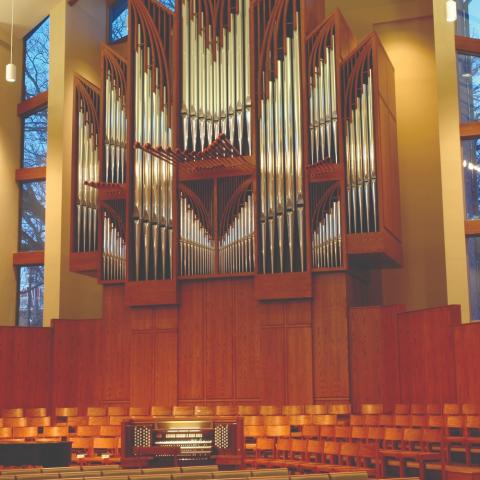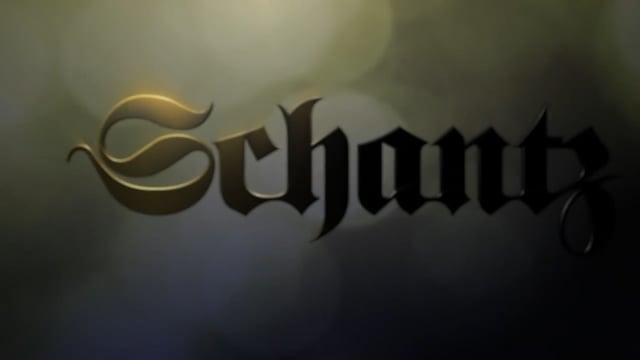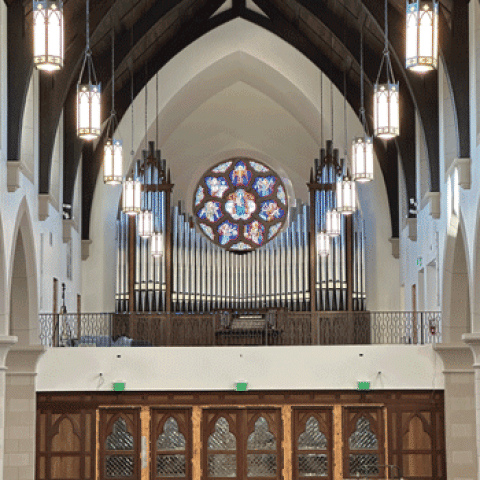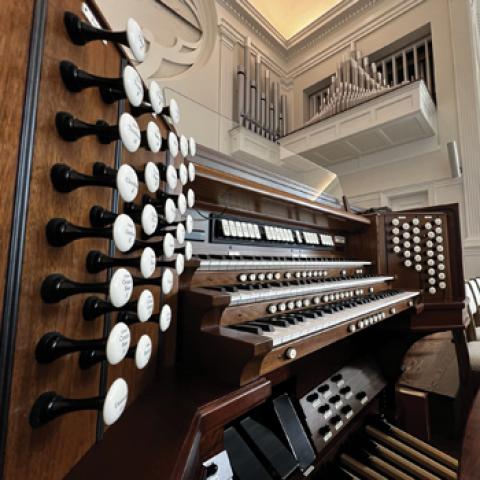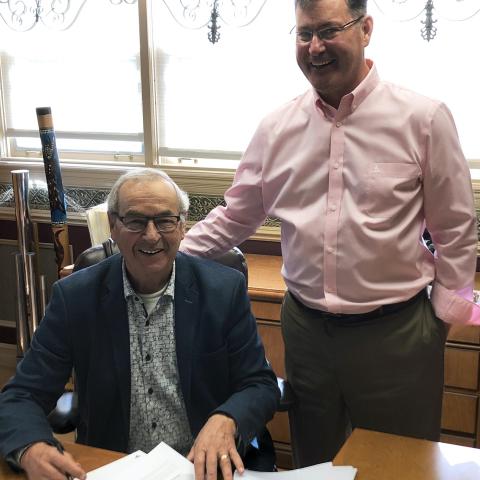
This year, the Schantz Organ Company is proud to celebrate its 150th anniversary. Since their 1873 founding, five generations of Schantz family members have led their staff of artisans and musicians. More than 3,000 pipe organs have been built and installed across the United States as well as Australia—in churches of every denomination, as well as concert halls, hospital chapels, Masonic temples, sanatoriums, synagogues, orphanages, residences, and even a penitentiary chapel.
The Schantz anniversary is the cover feature of the March issue of The Diapason: www.TheDiapason.com
The feature article examines some of the details of how different mechanisms were developed and used, how tonal designs changed over the years, and the wide range of visual designs that can be found in their instruments.
Schantz is celebrating their 150th anniversary over the course of the entire year. See their Facebook page for some historic photos. A highlight will be an open house on Saturday, April 29, from 10:00 a.m. until 3:00 p.m. Their team will also be present at other local events—including sending a reed organ on a float through Orrville’s Independence Day parade! And Schnatz is also sponsoring scholarships with both the Akron and Cleveland chapters of the American Guild of Organists.
For information: www.schantzorgan.com
Other organ builder news:

